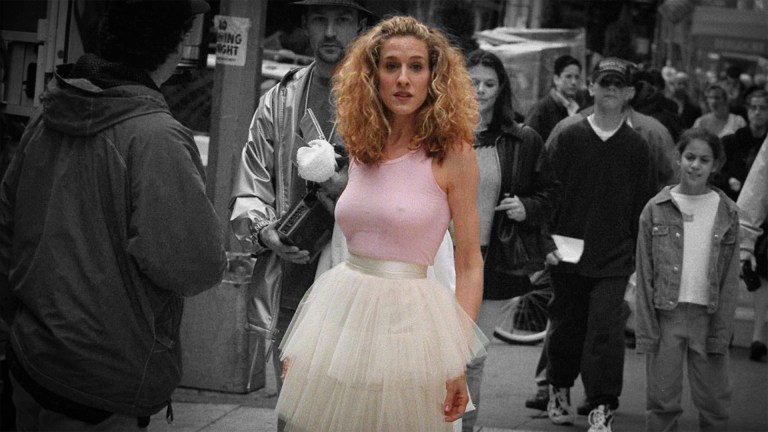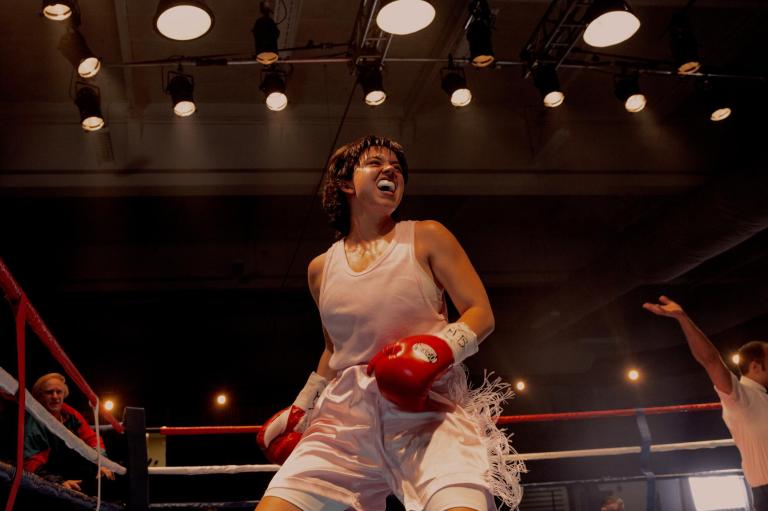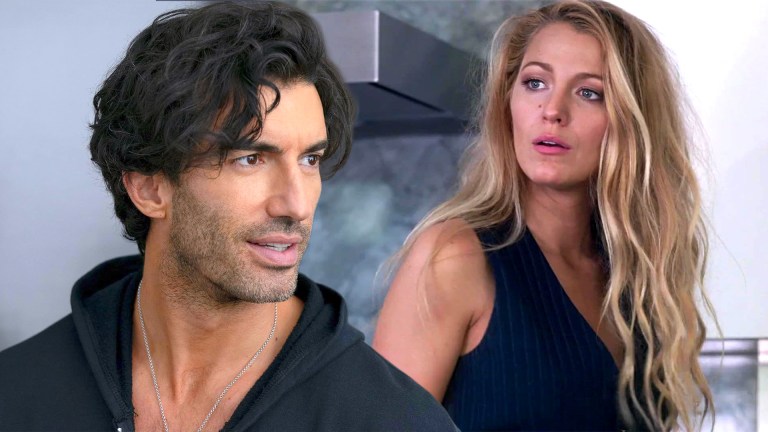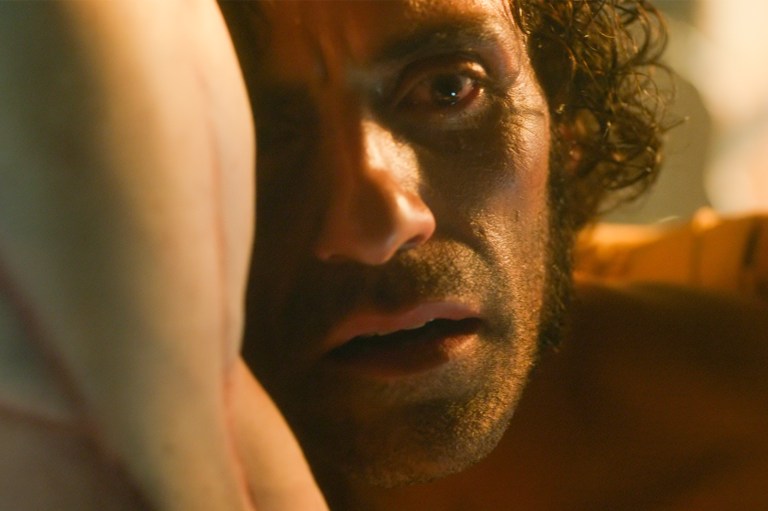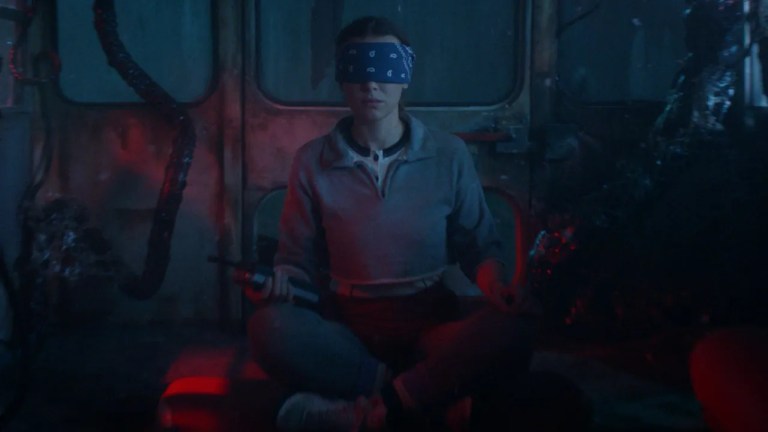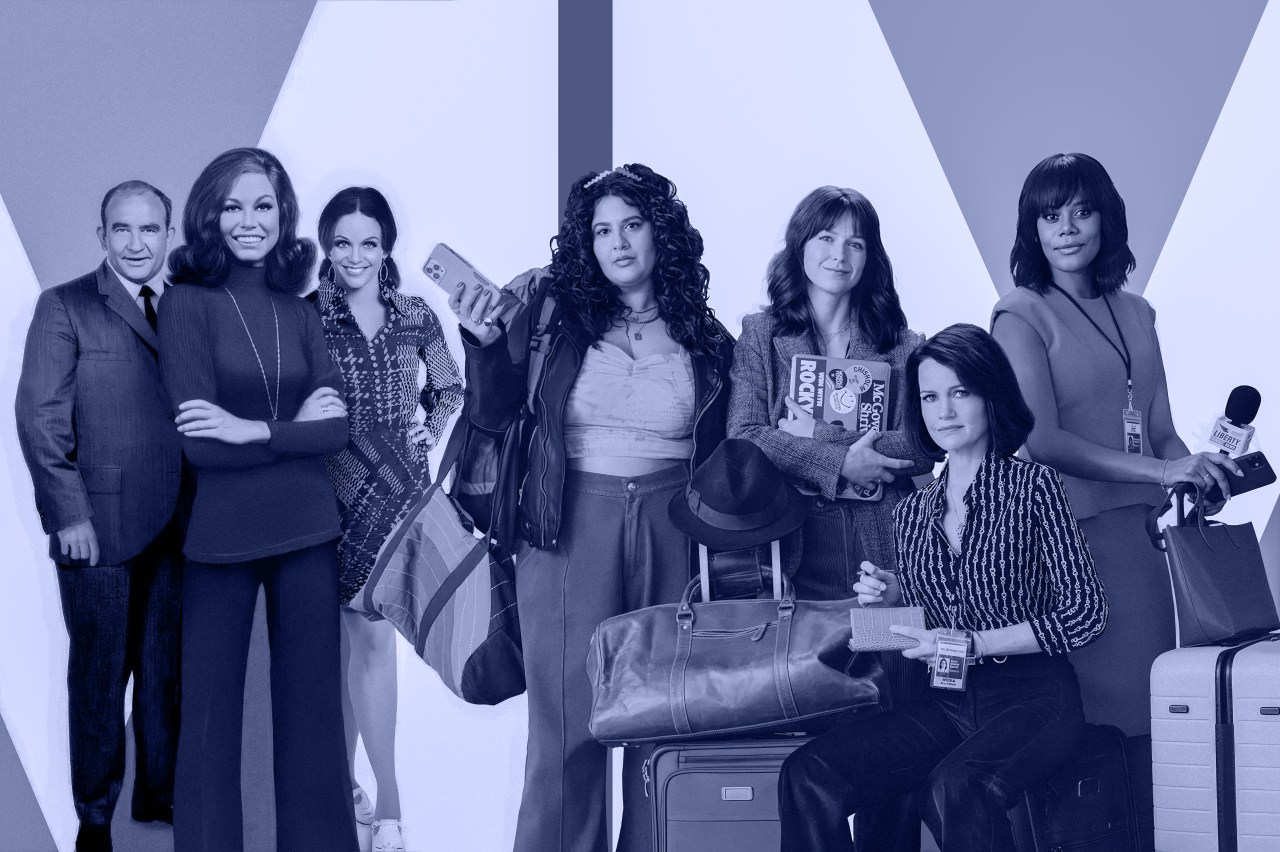
7 Shows That Make Us Wish We Worked in a Newsroom
By ![]() Mishal Zafar
Mishal Zafar
There’s something about fictional newsrooms that makes even the most stressful deadline look exciting. Real journalism is probably 90% budget cuts and broken coffee machines, but these shows make it seem like the coolest job on earth.
‘The Morning Show’ (2019-2025)
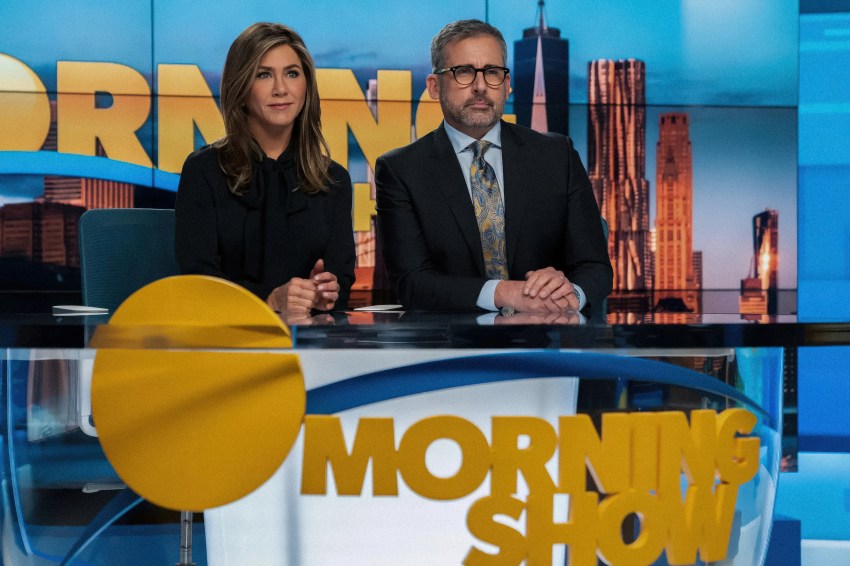
Apple’s drama rips apart morning television’s glossy facade with surgical precision. Jennifer Aniston’s Alex Levy smiles for the cameras while her world implodes behind the scenes. The whole thing started when her co-host got fired for being a creep, which sounds like standard Hollywood drama except the show actually digs into how messy these situations get.
The morning TV world here is cutthroat in ways that feel real. People get thrown under buses before 9 AM. Everyone’s paranoid about their job security, which creates this weird dynamic where colleagues are simultaneously best friends and mortal enemies. Watching these characters fight for stories and ratings while navigating office politics is so compelling. Bradley Jackson (Reese Witherspoon) barges in from small-market news and shakes everything up. The chaos looks exhausting but also kind of addictive.
‘The Newsroom’ (2012-2014)
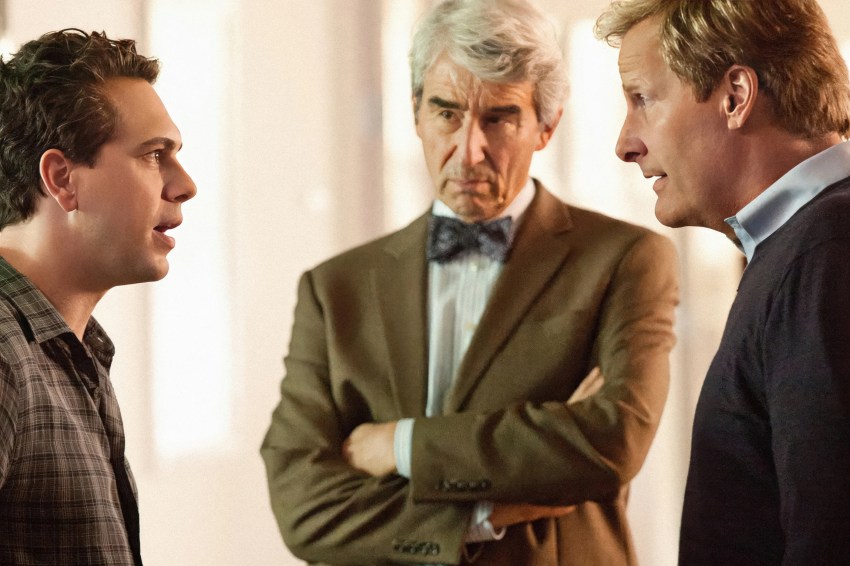
Aaron Sorkin created journalism fantasy football with this HBO series. Will McAvoy’s team at ACN operates like democracy’s SWAT unit, diving into complex stories while spouting idealistic speeches about truth and integrity. Those rapid-fire conversations make covering Hurricane Sandy feel like Mission: Impossible.
The show’s version of television news prioritizes substance over clickbait — a radical concept that feels almost quaint now. Characters debate ethics with the passion most people reserve for sports arguments. Every editorial decision carries weight because they actually care about getting things right. Critics called it preachy, but that earnestness is exactly why the ACN newsroom seems appealing. Emily Mortimer’s MacKenzie and the writing staff treat each broadcast like it might save democracy. When’s the last time any workplace felt that consequential?
‘Murphy Brown’ (1988-1998, 2018)
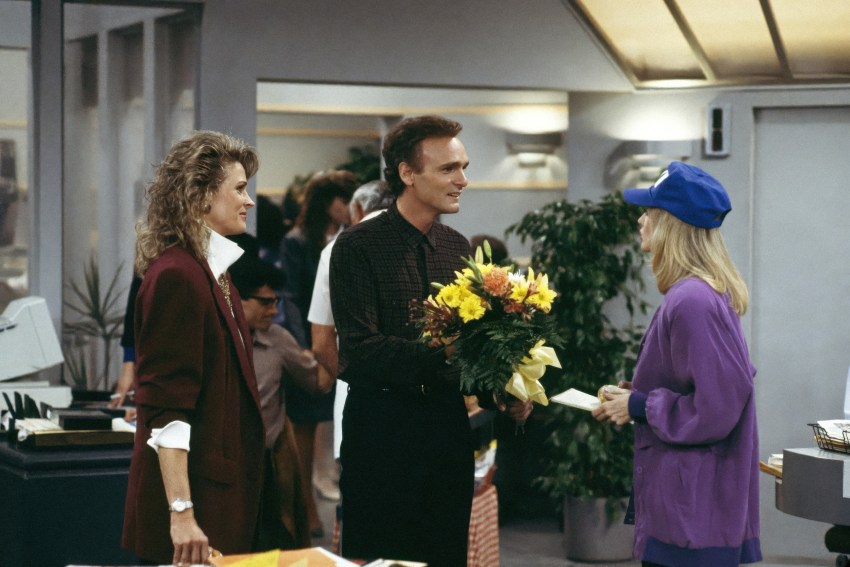
Murphy Brown was mean. Not cruel, just sharp enough to cut glass. Candice Bergen played her like a journalist who’d rather get the story than make friends, which somehow made everyone want to be her friend anyway. The FYI newsroom had this perfect dysfunctional family vibe. Murphy terrorized her assistants (they quit constantly), feuded with her co-anchors, and still managed to win awards for investigative pieces. The show never pretended journalism was noble – it was just Murphy’s natural habitat.
What made it special was how the comedy came from the work itself. When Murphy got into that famous fight with Dan Quayle over single motherhood, it felt like the newsroom was the center of national conversation. How many jobs let you accidentally start political controversies just by existing?
‘The Girls on the Bus’ (2024)
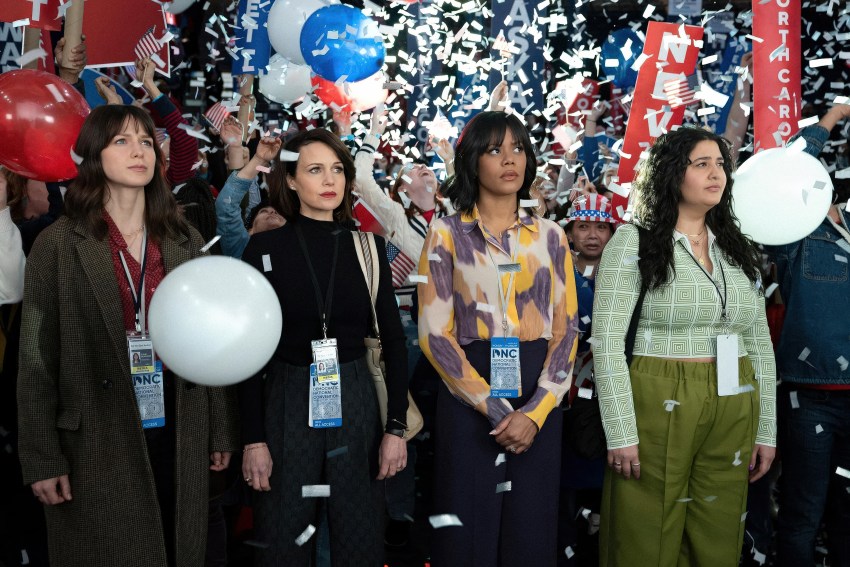
Campaign journalism gets the spotlight in this series about four women reporters covering a presidential race. They live in hotels, eat terrible food, and compete with each other for the same stories. But somehow they make it look like the adventure of a lifetime.
The mobile office vibe feels liberating. No boring cubicles or conference rooms – just laptops in rental cars and interviews in random diners. These reporters are basically war correspondents covering democracy, which sounds way more exciting than it probably is in real life. Plus there’s something appealing about that kind of intense professional friendship. When you’re sleeping four hours a night and living on deadline adrenaline, your colleagues become your lifeline. They understand the job in ways nobody else can.
‘Succession’ (2018-2023)
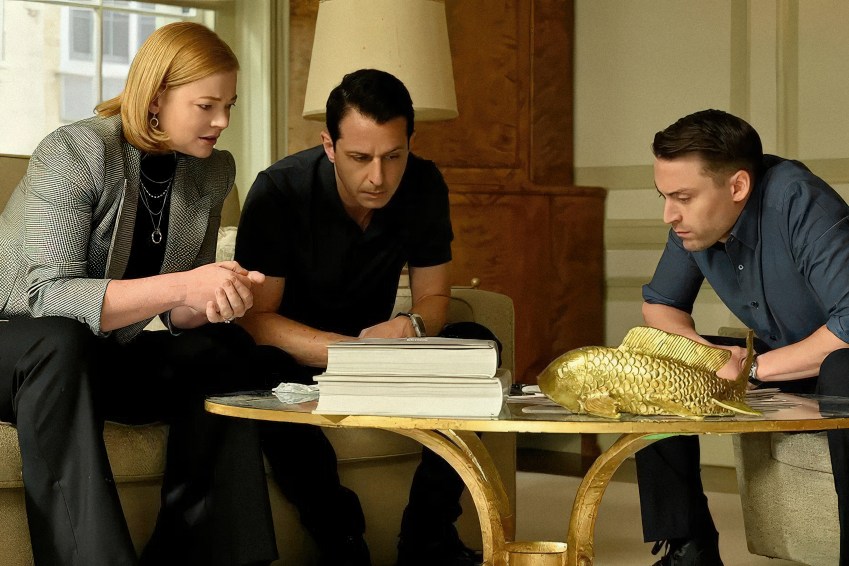
ATN might be the most dysfunctional news organization ever portrayed on television, but that’s exactly what makes it fascinating. Logan Roy uses his cable network like a personal weapon, and editorial decisions get made based on family drama rather than actual news.
So why does it look appealing? Because power is intoxicating, even when it’s obviously corrupt. Working at ATN means your coverage decisions can literally change election outcomes. That’s a level of influence most journalists never dream of having. The moral compromises are huge, but watching anchors and producers navigate Roy family politics while trying to maintain some shred of professional dignity is fascinating. It’s like journalism as an extreme sport.
‘NewsRadio’ (1995-1999)
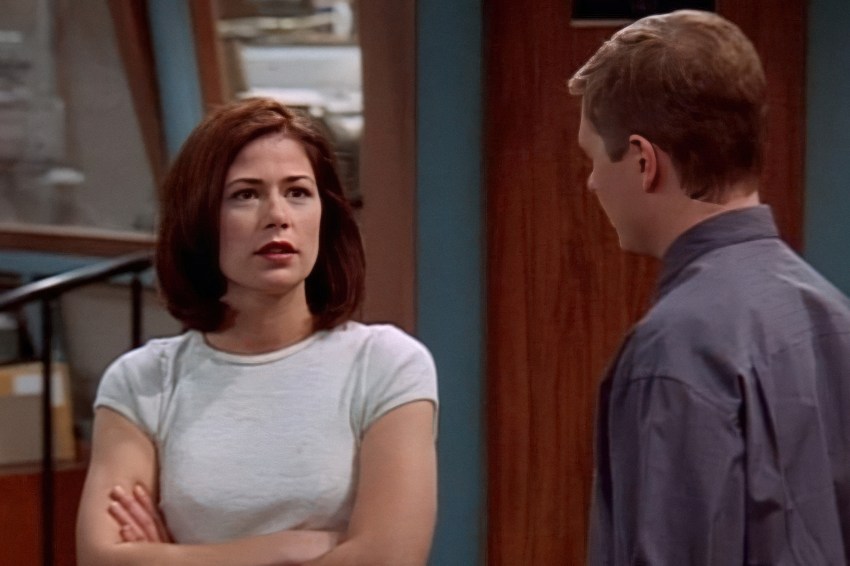
WNYX was the opposite of glamorous TV news – just a small AM radio station in New York with a staff of weirdos who somehow got the news on air every day. Dave Foley played the news director trying to manage personalities like Phil Hartman’s pompous anchor and Stephen Root’s eccentric station owner.
The show celebrated journalism’s working-class side. No fancy correspondent reports or worldwide scoops – just regular New York news from people who actually gave a damn about their listeners. Something almost old-fashioned about caring that much about doing the job right. What made WNYX work was how everyone’s weirdness became part of the operation. Bill’s ego trips, Matthew going off about government conspiracies, Lisa actually knowing what she was doing – somehow it all came together to get news on the radio, despite looking like a complete disaster most days.
‘The Mary Tyler Moore Show’ (1970-1977)
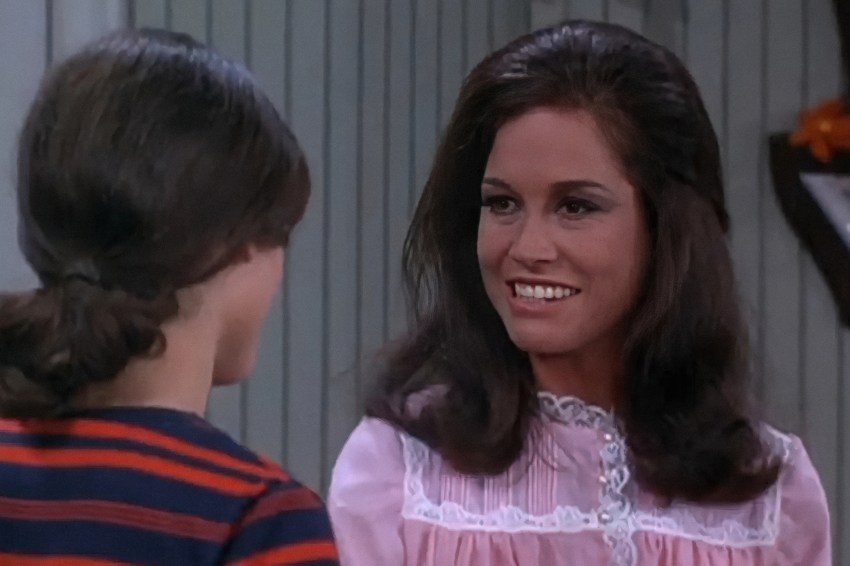
Mary Richards didn’t apologize for wanting a career instead of a husband, which was pretty radical for the ’70s. WJM wasn’t one of those fake workplace families where management pretends to care – these people actually looked out for each other.
Lou Grant was gruff but supportive. Ted Baxter was vain but harmless. Murray provided steady competence with perfect timing on the jokes. Mary held it together while proving she belonged there based on merit, not tokenism. The show’s revolutionary idea was that work could be fulfilling in itself. Mary wasn’t killing time until she got married – she was building something that mattered to her. WJM represented a workplace where professional satisfaction was felt as important as personal happiness.
